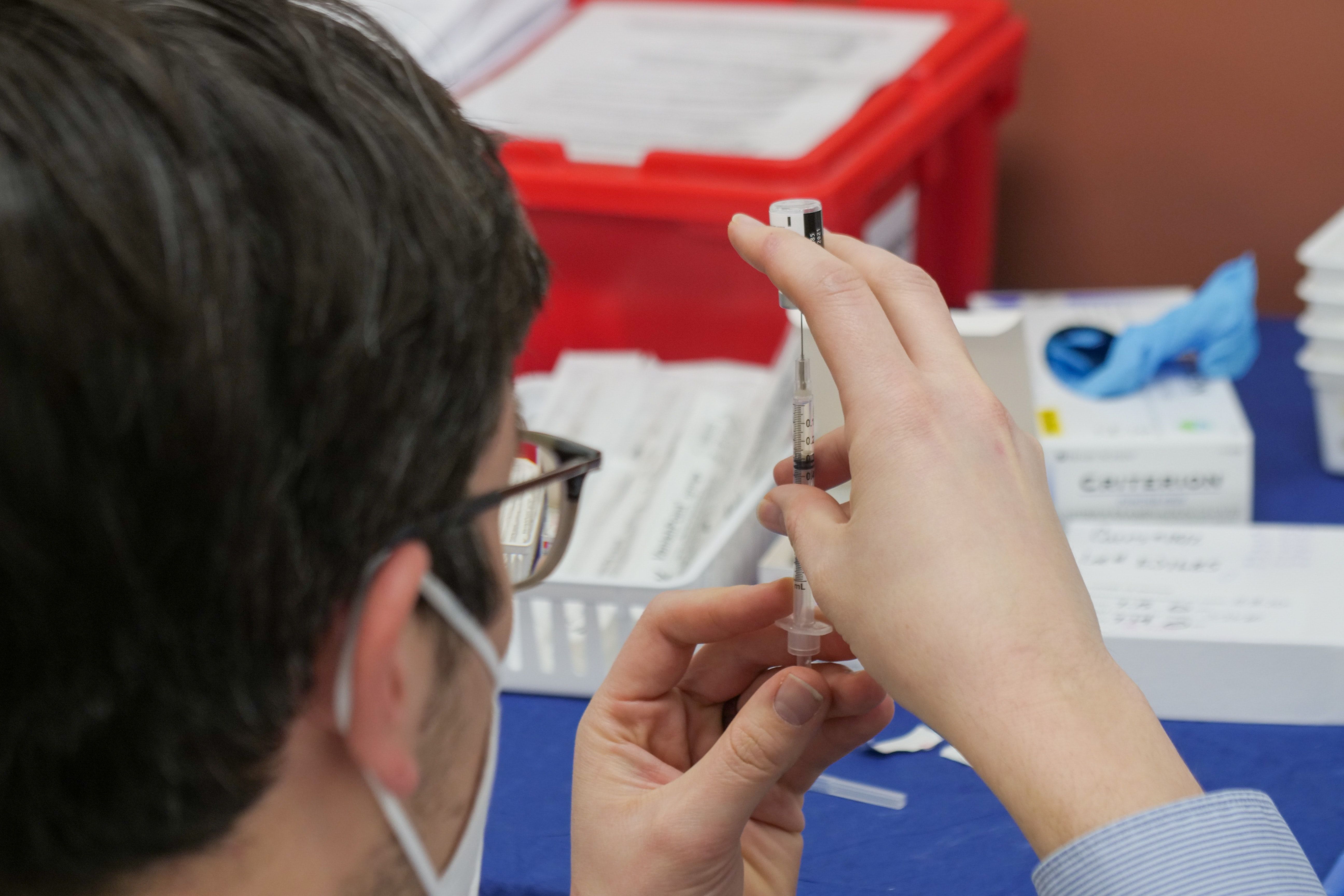Public Health Watch: Risk of CVST Following Receipt of J&J COVID-19 Vaccine Rare
Just 39 cases among more than 2.2 million doses administered.

Among the few serious adverse events linked with the 3 currently approved COVID-19 vaccines available in the United States, reports of cerebral venous sinus thrombosis (CVST) following receipt of the 1 dose Ad26.COV2.S (Johnson & Johnson/Janssen) shot have garnered significant attention.
And rightfully so, as CVST is a potentially life-altering and life-threatening condition.
However, new research published on November 1 by JAMA Internal Medicine once again suggests that, as a vaccine-related adverse event, CVST remains extremely rare, with just 39 cases of acute incident CVST among nearly 2.2 million doses administered. Notably, 29 of the affected patients (74.4%) had a predisposing venous thromboembolism risk factor, due to an infection, active cancer, or oral contraceptive use, among others, within 92 days of developing CVST.
The estimated overall incidence rate of CVST 15 days post-vaccination among study participants was 13.01 per 100,000 person-years for women and 4.41 per 100,000 person-years for men, both higher than the pre-pandemic rates for the region included in the study, but still low, according to the researchers.
“Although the overall 15-day post vaccination risk of CVST in women was higher compared to the pre-pandemic rate (13/100,000 person-years vs 2.5/100,000 person-years), the absolute increased risk is still quite small,” study coauthor Aneel Ashrani, MD, MS, an assistant professor of hematology at the Mayo Clinic in Rochester, Minn. Told Contagion. “In men, the risk of 15-day post-vaccination CVST was not higher compared to the pre-pandemic rates (4.4/100,000 person-years vs 2.3/100,000 person-years).”
For their analysis, Ashrani and his colleagues first identified all incident cases of CVST in Olmsted County, Minnesota—that now-famous locale for large population studies—reported between January 1, 2001 and December 31, 2015, and adjusted them based on the 2010 US census population for the region. They then used data from the US Centers for Disease Control and Prevention’s Vaccine Adverse Event Reporting System (VAERS) for the period from February 28, the date Ad26.COV2.S received its emergency use authorization from the US Food and Drug Administration, through May 7 to estimate the incidence of CVST following receipt of the vaccine. They estimated CVST incidence rates across gender and age groups, based on doses administered, 15 days, 30 days, and 92 days following vaccination, when recipients would be at the greatest risk for the complication.
Incidence rats for CVST in Olmstead County were estimated to be higher during the vaccination period for both men and women, across all age ranges, particularly for women ages 30 to 49 years. For women ages 30 to 39 years, the estimated post-vaccination incidence rate (at 15 days post-receipt) was 26.52 per 100,000 person-years vs the expected incidence rate of 10.38 per 100,000 person-years for Olmstead County. For women ages 40 to 49 years, these figures were 29.48 per 100,000 person-years and 23.21 per 100,000 person-years, respectively.
“Although the risk of post-J&J vaccination CVST is higher compared to the pre-COVID-19 pandemic CVST rates in the general population, the absolute post-vaccination CVST rates, even in the highest risk group (i.e., women aged 30-49 years) were still low,” Ashrani said. “The benefits of vaccination with the J&J vaccine [still] greatly outweigh the risk.”
Plus, as Ashrani noted, COVID-19 infection increases the risk for venous thrombosis, including CVST, with a recent study estimating that the 3-month CVST rate following COVID-19 infection is 88 per 100,000 person-years.
“In the US, where there is widespread availability of the mRNA-based (Pfizer and Moderna) and adenovirus vector based (J&J) vaccines, one could argue that for women aged 30-49 years (who are at the at the highest risk for CVST), it might be preferable to use one of the m-RNA based vaccines, especially if they are on oral contraceptive pills to reduce the risk of this rare complication,” he said. “However, in other regions and/or countries that do not have the luxury of widespread availability of vaccines, I wouldn’t hesitate in recommend using the J&J vaccine because of the small increase in this risk.”
